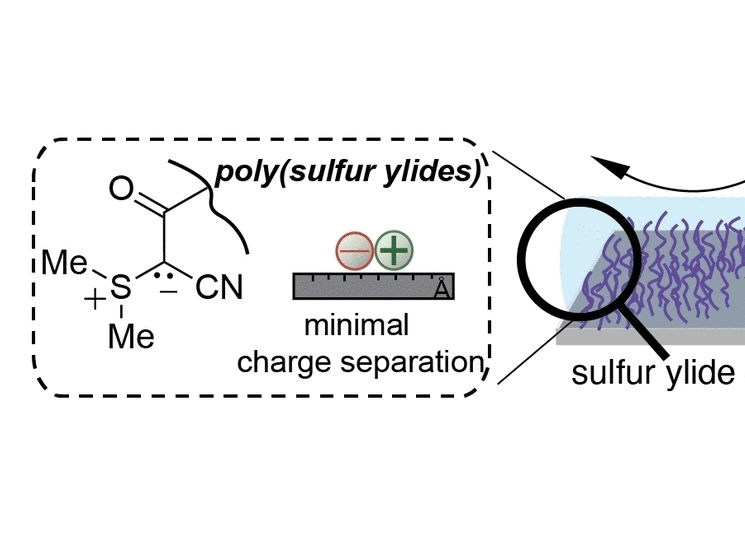From bacteria and plants to novel anti-parasite therapies
Research insight to Nobel laureates Cambell and Omura
After decades of limited progress in developing durable therapies for parasitic diseases, the discoveries by this year’s Laureates radically changed the situation.
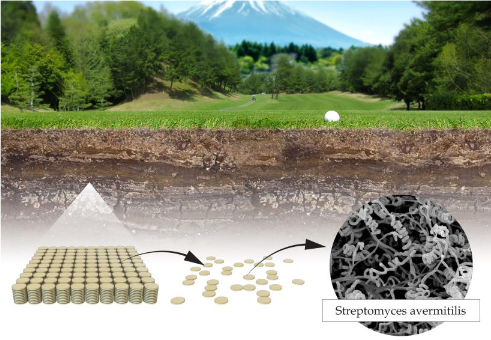
Satoshi Ōmura searched for novel strains of Streptomyces bacteria as a source for new bioactive compounds. He isolated microbes from soil samples in Japan, cultured them in the laboratory (inset to left) and characterized many thousands of Streptomyces cultures. From those, he selected around 50 cultures that appeared most promising, and one of these cultures later turned out to be Streptomyces avermitilis (inset to right), the source of Avermectin.
Nobel Foundation
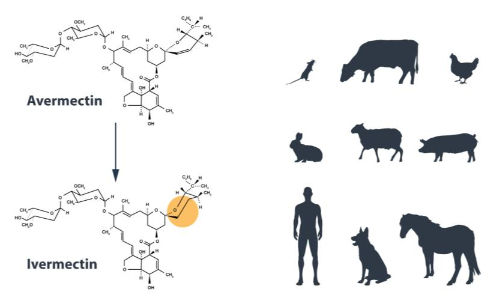
William C. Campbell discovered that one of Ōmura’s Streptomyces cultures was very effective in killing off parasites and the active compound, Avermectin, was purified. Avermectin was further modified to Ivermectin, which turned out to be highly effective in both animals and humans against a variety of parasites, including those that cause River Blindness and Lymphatic Filariasis.
Nobel Foundation
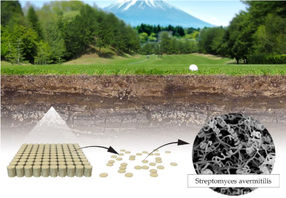
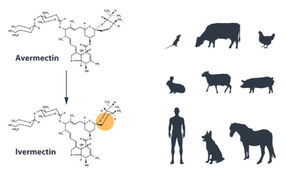
Satoshi Ōmura, a Japanese microbiologist and expert in isolating natural products, focused on a group of bacteria, Streptomyces, which lives in the soil and was known to produce a plethora of agents with antibacterial activities (including Streptomycin discovered by Selman Waksman, Nobel Prize 1952). Equipped with extraordinary skills in developing unique methods for large-scale culturing and characterization of these bacteria, Ōmura isolated new strains of Streptomyces from soil samples and successfully cultured them in the laboratory. From many thousand different cultures, he selected about 50 of the most promising, with the intent that they would be further analyzed for their activity against harmful microorganisms.
William C. Campbell, an expert in parasite biology working in the USA, acquired Ōmura’s Streptomyces cultures and explored their efficacy. Campbell showed that a component from one of the cultures was remarkably efficient against parasites in domestic and farm animals. The bioactive agent was purified and named Avermectin, which was subsequently chemically modified to a more effective compound called Ivermectin. Ivermectin was later tested in humans with parasitic infections and effectively killed parasite larvae (microfilaria). Collectively, Ōmura and Campbell’s contributions led to the discovery of a new class of drugs with extraordinary efficacy against parasitic diseases.
Most read news
Other news from the department science

Get the chemical industry in your inbox
By submitting this form you agree that LUMITOS AG will send you the newsletter(s) selected above by email. Your data will not be passed on to third parties. Your data will be stored and processed in accordance with our data protection regulations. LUMITOS may contact you by email for the purpose of advertising or market and opinion surveys. You can revoke your consent at any time without giving reasons to LUMITOS AG, Ernst-Augustin-Str. 2, 12489 Berlin, Germany or by e-mail at revoke@lumitos.com with effect for the future. In addition, each email contains a link to unsubscribe from the corresponding newsletter.
Most read news
More news from our other portals
Last viewed contents

Here comes the long-sought-after iron-munching microbe

Tailor-made X-rays for research and development - Start-up expansion with funding from IFB Hamburg

Carl Zeiss Meditec AG - Jena, Germany

Robert Zapp Werkstofftechnik GmbH - Ratingen, Germany

New, low-cost battery built with four times the capacity of lithium - New battery technology has potential to significantly reduce energy storage costs

L.B.I. S.A. - Amnéville, France
Covestro’s positive momentum continues - Optimistic outlook for the full year

Making better use of residual gases - Award for invention for environmentally friendly adsorption of chlorine

How mosquito larva guts could help create highly specific insecticides - Did you know that the world’s deadliest animal is the mosquito?
